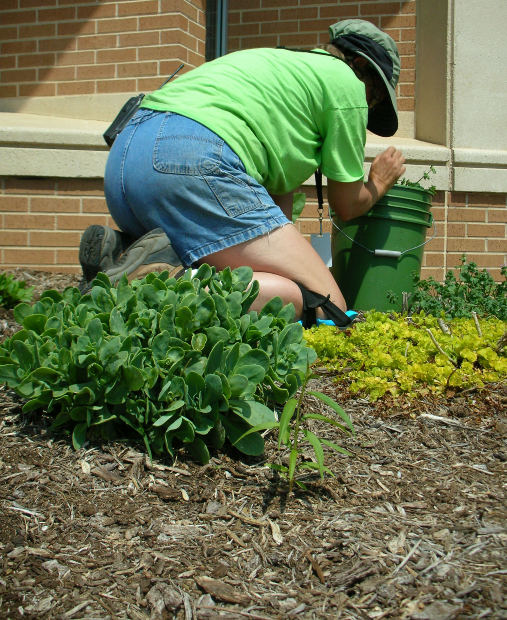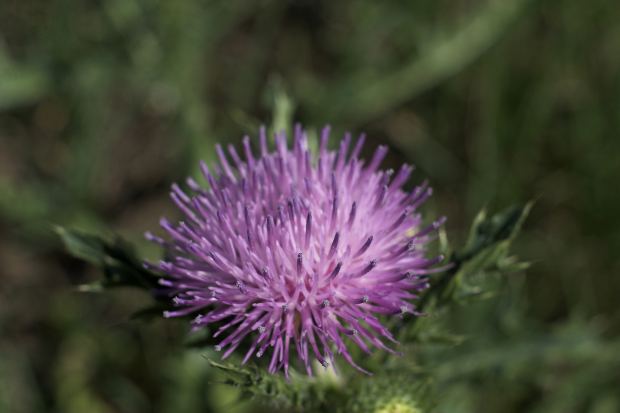50% Off First Application¹
Call 1-855-940-1479
and connect with a TruGreen consultant
What’s the Story Behind Lawn Weeds?
Contrary to popular belief, lawn weeds aren’t just nuisances. Some common “weeds” have actually been harnessed as grass and cover acres and acres of lawn across the country. In general, however, weeds can be destructive, unsightly, and difficult to get rid of.
To be considered a lawn weed, a plant is likely to have the following characteristics:
- Flowers or buds
- Parallel vein structure
- Crowding out of neighboring plants
- Dry, brittle leaves
- Long, sturdy root systems
Some weeds are more common than others and some are only found in certain parts of the country. Below is a list of some of the most common lawn weeds.

Crabgrass
Perhaps the most dreaded of all weeds, crabgrass can actually be planted on purpose as an overall lawn cover. Crabgrass grows extremely quickly and often takes root in the barest parts of the lawn. Once crabgrass has struck your yard, professional assistance is needed to eradicate it.
Dandelion
Dandelions grow year-round in the hottest parts of the country and are marked by their yellow flowers and thin stems. Dandelions are crafty and can actually adapt their height to escape the mower but they generally only hit a few places in each lawn.

Dichondra
Sometimes used as a lawn cover in California, Dichondra is actually an extremely invasive week. It grows fast and stealthily in an attempt to choke out turf grass and can resemble ivy.
Sandbur
Resulting in a tiny “bur” that can be painful to step on, the Sandbur grows throughout spring and fall. It’s most prevalent in sandy soil and can be found all across the West Coast.

Annual Ryegrass
Ryegrass can actually be used as a lawn cover but it’s more commonly seen as a weed. Tufts of several different species of ryegrass pop up all across North America in the wetter seasons and often come back the next year, even if they seem to be gone.
Clover
There are people who love clover and people who don’t, but the plant is technically a weed. It’s actually healthy for your lawn and best left alone, but if you must get rid of it there are chemical pesticides available to do just that.

Ragweed
Common ragweed isn’t just a nuisance, it’s an allergen. It can cause rash and congestion but thankfully it’s relatively easy to pull up. Ragweed has a fan-shape and generally grows in bunches of just a few leaves at a time.
Of course, this list contains only a fraction of the common lawn weeds seen around the US and there are dozens more plaguing homeowners from New Jersey to Arizona. If you have a persistent weed problem in your yard and you’re not sure what else to do, call a lawn care provider in your area now to get started with a weed controlling plan.
Regular mowing and fertilization can help keep your risk of weeds low, but every lawn has to battle some sort of weed at one point or another. The key is nipping your lawn weed issue in the bud before it becomes a problem.

TruGreen will gladly visit your property as often as needed between scheduled visits to make any necessary adjustments and to ensure your satisfaction.
Getting Started with TruGreen
- Call or fill out the form above to reach a lawn care specialist.
- Know the square footage of your yard, as well as any specific areas of concern.
- With the help of your specialist, create a customized lawn care plan that meets your lawn’s needs.
- Schedule your Healthy Lawn Analysis2 to start your service.
